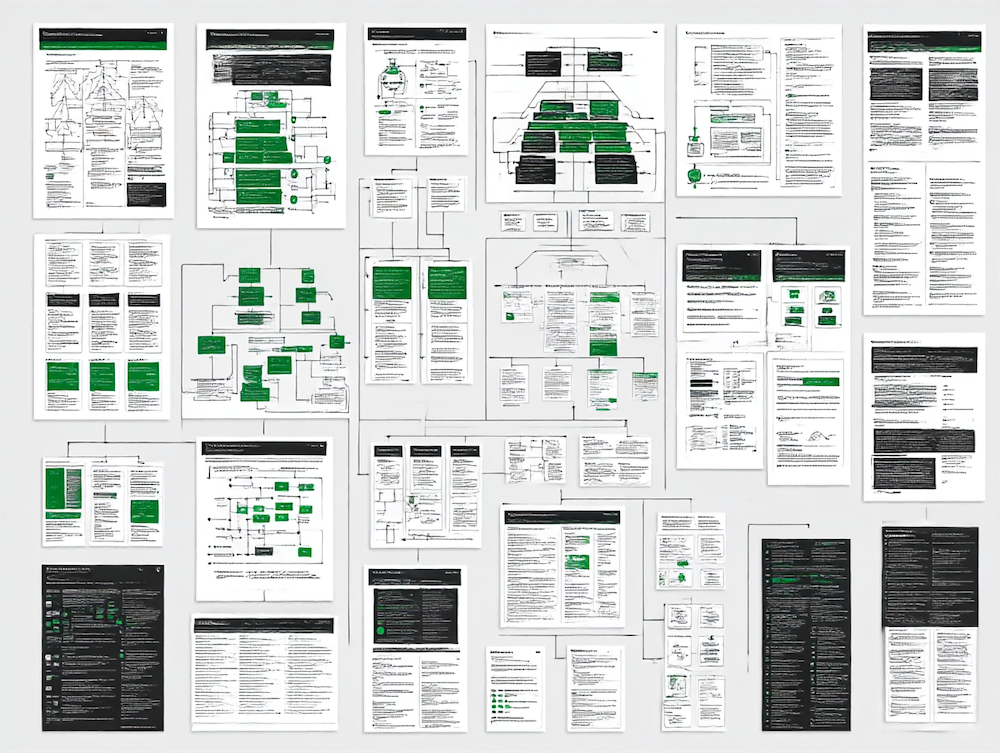From Landing Page to Web App: Choosing the Right Architecture for Your Startup

Introduction
Startups often begin with a simple landing page or brochure site, then rapidly evolve into feature-rich web apps. But each stage has different technical requirements and trade-offs.
This article helps you choose the right architecture at every phase, avoid rewrites, and know when to scale.
1. Phase 1: Landing Page / Static Site
When it’s enough: MVP, pre-launch, minimal features, marketing / lead capture
Strengths: fast, cheap, low complexity
Technologies: static site generators (Astro, Hugo), JAMstack, serverless forms
Limitations: no dynamic data, user authentication, complex logic
2. Phase 2: Hybrid / Jamstack + Functions
When to move: once you need some interactivity — forms, modest dynamic content
Approach: static front end + serverless functions / APIs
Benefits: keeps performance, scalability, low operational cost
Challenges: more deployment complexity, coordinating front + function logic
3. Phase 3: Full Web Application
When required: user accounts, dashboards, real-time features, interactions
Architecture options:
- Monolithic full stack (e.g. Next.js, Rails, Django)
- API + frontend separation (headless, SPA/SSR)
- Microservices for modularity
Considerations: authentication, state, routing, caching, API boundaries
4. Transitioning gracefully: strategies & best practices
- Use feature flags and progressive rollout
- Decouple gradually — don’t rewrite whole codebase at once
- Maintain good contracts (APIs)
- Ensure data migrations are backward compatible
5. Real-world example (mini case)
Imagine you began with a landing page to validate a concept.
- Month 3: You add a subscription form + content feed (move to hybrid)
- Month 8: You onboard users, need dashboards, data integration → full web app
- Timeline constraints: ensure your architecture allows smooth growth
Conclusion & Call to Action
There’s no one-size-fits-all architecture — it evolves with your product. Start simple, choose scalable patterns, and refactor gradually.
✅ Map your product roadmap
✅ Choose minimal architecture supporting next 1–2 features
✅ Build refactor paths early, not later
If you like, I can audit your current architecture and propose a growth-friendly evolution plan for your startup. Want me to do that for your stack?
